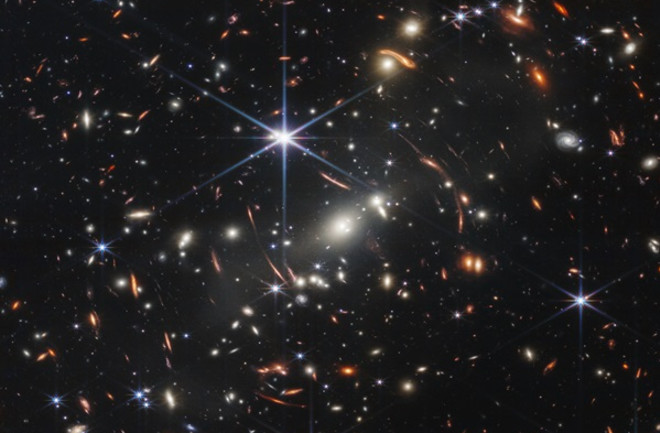In the summer of 2022, when the James Webb Space Telescope relayed its first batch of images from the depths of space, it revealed something unexpected: The early universe was full of massive, bright galaxies — teeming with an astonishing numbers of stars — long before anything like them should have existed.
At that early stage of cosmic evolution, less than a billion years after the Big Bang, researchers argued, these stars simply shouldn’t have had time to get so big. As Jorryt Matthee, an astrophysicist with Institute of Science and Technology Austria, put it in a recent press release: “It’s like looking at a five-year-old child that is two meters tall. Something doesn’t add up.”
The discovery sent scientists in search of a way to explain these overgrown galaxies —which, at first glance, seem incompatible with what astronomers know about how the universe developed into its present state.

